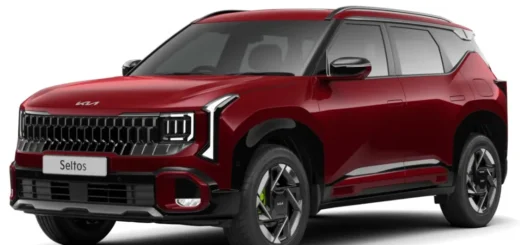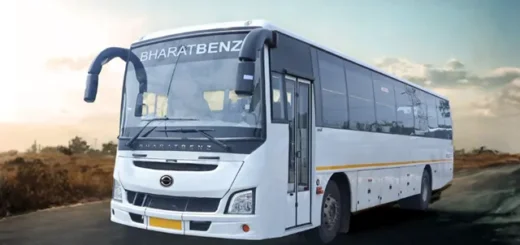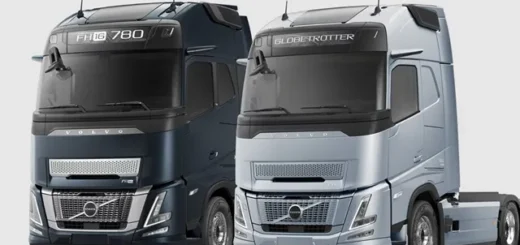TVS Apache RTR 200 4V vs Bajaj Pulsar AS 200: The Best Sports Commuter?
The ultimate comparo of two exciting performance motorcycles at tempting price tags around INR 1 Lakh, typically befitting everyday college rides and fun-packed weekend journeys!
For more than a decade or so I remember, the buzzwords for every college-going freshers who have just secured their driving licenses remains invariably ‘Pulsar‘ and ‘Apache‘. Now that new international brands have also entered the scene, the home-grown bikes are noway lagging behind; they are fast catching up with improved reliability, performance, and styling. The Apache RTR 200 and Pulsar AS 200 are the one of the higher-spec bikes in their respective line-up, with 20 PS-plus power and sturdy chassis to complement the 1 lakh price range. They are stylish in their own ways as well. So, who wins this usual, as-a-rule fight between the Pulsar and Apache in the 200cc segment? Let’s find out.
Design wise, both the bikes have come-up with racing-shap and handsome looks, although both are distinctive in their own ways. The RTR is kinda sharper and diminutive, as if more stronger, while the Pulsar appears larger and more butch-looking. The Pulsar’s quarter fairing and front design gives a more sporty impression (a bit overdone too!), while the RTR’s rear and overall styling is well-balanced. But the real matter is fit and finish, the Pulsar scores way lower than acceptable standards with rattling noises and panel gaps, even in a brand-new bike. The Apache’s switchgear and all-digital dash is a nice touch, while the Pulsar’s projector headlamp is worth highlighting. Both feature LED DRLs as well.
As far as the mechanicals are concerned, both the bikes come with telescopic forks up front and mono-shock rear suspension, along with disc brakes on both the wheels. The Pulsar AS 200’s single-cylinder liquid-cooled 199.5 cc engine with 4 valves and 3 spark plugs is great to ride, thanks to its strong and linear performance. It generates 23.5 PS of power at 9,500 rpm and 18.3 Nm of torque at 8,000 rpm. While the RTR’s single-cylinder oil-cooled 197.75cc engine making up 20.70 PS at 8,500 rpm and 18.1 Nm at 7,000 rpm maintains a stronger mid-range performance. This engine is less faster and responsive than that of Pulsar’s, but I would say both are still comparable. Both the engines are carburettor-type. The pulsar features a 6-speed gearbox, while the RTR comes with 5-speed transmission.
Also Read: Tork T6X: India’s First Electric Bike Launched @ INR 1.25 Lakhs
The RTR also comes with a fuel-injection (FI) variant, which gives an extra 0.95 PS of power and much-improved throttle response, for an additional price of around INR 17,000. Especially at higher speeds, the FI engines gives an edge over the carb bike in this regard. As against AS 200’s performance, the RTR FI is more involving and smooth in power delivery, although a bit less faster. The RTR FI is definitely more fun to ride than the AS 200. Further, the FI variant is again the ‘best buy’ of the entire Apache range, as against the carb model.
With regard to ride quality and handling, the RTR is more confident-inspiring with sharper and responsive cornering abilities, thanks to its petite frame and softer suspension. The Pulsar, on the other hand, is great in straight-line stability, while its cornering abilities are a bit undermined by weak Eurogrip types. The RTR offers more comfortable ride quality and braking stability, although the Pulsar isn’t far behind. In fact, the AS 200 sports a comfy upright riding position. It is the firmer suspension that spoils an other wise impressive ride quality. There is no ABS in both the models, but expect a dual-channel ABS in RTR in the days to come.
# Verdict
The Apache RTR 200 4V is priced at INR 1,00,385, while the Pulsar AS 200 costs a slightly higher INR 1,06,504. But the real talking point can be the fuel-injected RTR 200 FI variant priced at INR 1,17,660, costing around Rs. 12,000 extra against the AS 200.

The Apache RTR 200 4V is an overall winner. It is available in both carbureted and fuel-injected type (BS-VI), the latter is worth the extra pay.
To conclude, the Pulsar may seem a better package with higher performance and lower price tag on the face of it. But an extra premium for the RTR FI is worthy since it is sparkles performance, more fun to ride, and likely to be a bit more fuel efficient. Poor plastics and built quality of the Pulsar is an another concern.
But, you can stick to the carbureted RTR as well, it just misses out 0.95 PS of power and a little bit of high-speed fun, but is even more affordable and well-equipped than the Pulsar AS 200. On the whole, the Apache RTR 200 seems a real winner in terms of overall packaging, may it be the carb or FI variant.
Also Read: Suzuki Gixxer SF Fi Fuel Injected and Special Editions Launched
Next, would you like to read more on Motorcycles?
*All prices are Ex-showroom, New Delhi. Photo Credits: Carandbike.com, IBT Times









